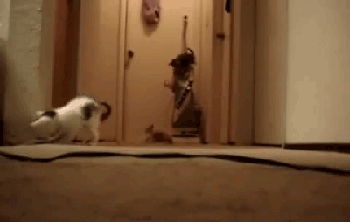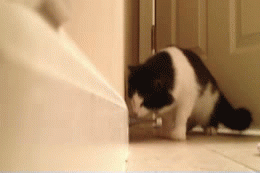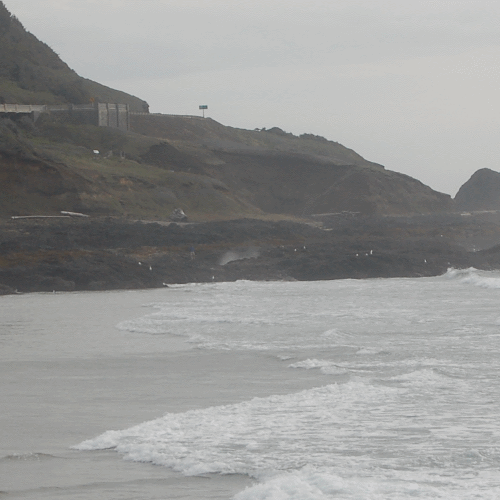Dana walks over to investigate the basalt berm and overlying terrace deposits, on the other side of the sandy inlet. Even though there's no sky visible in this photo, the most striking thing visible to me is weather/climate related. It's tough to say what a lot of the shrubs on the terrace deposits are, but some of them-definitely those in the upper right corner- are shore pines. Look at how coastal winds have whipped and shaped them. Winter winds can be fierce on the Oregon coast, often over hurricane force, sometimes well over 100 mph (160 kph).
Hopefully I'll get a few shots in ten days or so of an excellent bio-geo-meteoro interaction near Humbug Mountain, on the southern coast. Dana's coming into town May 6, and I'm pondering whether to schedule this series for that week, or try to keep up on the fly. Both have upsides and downsides. We'll see.
Photo unmodified. September 21, 2010. FlashEarth Location.
Is This Your Hat?
11 years ago















































